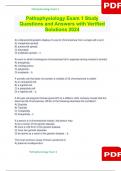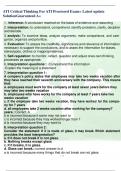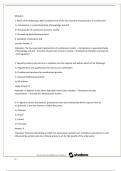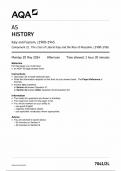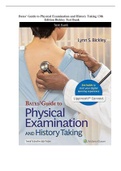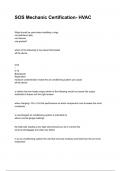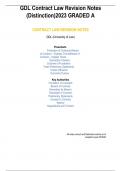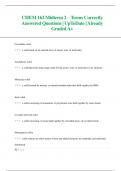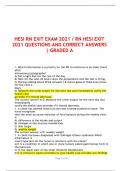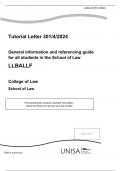Exam (elaborations)
Pathophysiology Exam 1 Study Questions and Answers with Verified Solutions 2024
- Course
- Pathophysiology .
- Institution
- Jersey College Of Nursing
An ordered photographic display of a set of chromosomes from a single cell is a(n): A) metaphase spread. B) autosomal spread. C) karyotype. D) anaphase spread. - c An error in which homologous chromosomes fail to separate during meiosis is termed: A) aneuploidy. B) nondisjunction. C) poly...
[Show more]
